Introduction
The transition from winter to spring marks a new beginning for gardeners, as nature awakens and the promise of vibrant blooms and lush greenery emerges. With this thrilling change, your garden's watering needs will shift dramatically, necessitating keen attention and care. Successful spring gardening demands understanding the art and science of watering, a vital task to ensure your plants thrive. At Plantology, we're committed to enriching your gardening experience with high-quality plants and invaluable expertise.
Proper watering isn't just about quantity; it's about technique, timing, and understanding nature's cues. Let's delve into how you can master the spring watering process and keep your garden in magnificent shape.

Understanding Your Garden's Watering Needs
Seasonal Changes
Spring's arrival can be both exhilarating and challenging for your garden. As the warmer weather begins, soil moisture levels change, requiring different watering strategies compared to the dormant winter months.
The Impact of Spring Weather on Soil Moisture Levels
During winter, many regions experience a halt in plant growth due to cooler temperatures and reduced sunlight. As spring approaches, the soil begins to thaw and dry out, signaling plants to awaken and start growing. These changes mean that the earlier water content in the soil dissipates, leading to increased demands for hydration. Keep a close eye on weather forecasts and soil moisture levels, adapting your watering schedule accordingly.
How to Adjust Your Watering Techniques
Adapting to seasonal changes requires a dynamic approach to watering. In early spring, the soil may still hold some moisture from snowmelt or winter rains, so over-watering at this stage can lead to root rot. As temperatures rise, water more frequently but aim for deep, less frequent watering sessions, which encourage strong root development.
Identify Plant Types and Their Watering Requirements
Understanding the specific needs of different plant types is essential. While many spring plants thrive in moist soil, some, like succulents and drought-resistant varieties, demand less frequent hydration. Group plants with similar water needs to streamline your watering routine and ensure optimal growth across your garden.
Tropical and Exotic Plants
If you're incorporating tropical plants like the Adonidia Palm into your spring garden, remember that these beauties typically require a humid environment and consistent watering, mimicking their natural habitats. The same goes for other vibrant options like the Alexander Palm, which thrive under similar conditions.
Drought-Resistant Varieties
On the other hand, plants such as the Blue Agave adapt wonderfully to arid conditions. Ensure you're not over-watering these species to prevent root damage while conserving water resources.
Effective Watering Techniques for Spring
Time of Day Matters
When to water is just as important as the volume of water applied. Early morning is preferred, as it reduces evaporation loss, allows plants to hydrate before the day heats up, and helps prevent fungal diseases.
Morning vs. Evening Watering
Watering in the morning helps leaves dry off before nightfall, minimizing disease risk. Evening watering is less ideal due to the potential for moisture to linger on the leaves, promoting fungal growth. If your schedule only permits evening watering, focus on the soil at plant bases rather than dousing foliage.
Watering Depth and Frequency
Deep watering encourages roots to penetrate deeper into the soil, establishing a more resilient root system that withstands dry spells. Aim to soak the soil to a depth of at least 6 inches, which ensures water reaches the root zones.
Checking Soil Moisture Levels
A simple way to check soil moisture is by inserting a wooden stick or your finger about two inches into the soil. If the soil feels dry, it's time to water. Consider investing in a soil moisture meter for a more accurate assessment.
Choosing the Right Tools
Technology and equipment choices can significantly ease your watering tasks. From hoses and timed irrigation systems to watering cans, selecting the right tools will depend on your garden's size and complexity.
Smart Irrigation Systems
Automated irrigation systems are perfect for gardeners looking for convenience and precision. These systems can be programmed to water your garden at the optimal times and amount, reducing waste and enhancing plant health. Consider a drip irrigation system, which delivers water directly to plant roots and minimizes evaporation.
Traditional Tools
For those who find solace in manual watering, a high-quality watering can or hose with an adjustable nozzle can offer both control and flexibility. Regardless of your preference, ensure your tools deliver water evenly and gently to avoid disturbing your plants or causing runoff.
Mitigating Common Watering Issues
Preventing Overwatering
Overwatering is a common mistake that often leads to detrimental effects like root rot. To prevent this, it's vital to understand your plants' specific needs and adjust your watering accordingly. Use containers with adequate drainage for potted plants and avoid leaving excess water sitting in saucers.
Signs of Overwatering
Recognizing overwatering is key. Yellowing leaves, wilting despite wet soil, and a smell of decay are all signs your plants might be receiving too much water. Adjust your routine quickly if you notice any of these indicators.
Dealing with Underwatering
Conversely, underwatering can stunt plant growth and lead to wilting. It is crucial to ensure that plant roots receive enough moisture, especially for new seedlings and transplants.
Reviving Drought-Stressed Plants
If plants show signs of stress due to lack of water, such as browning edges or drooping leaves, increase your watering frequency and improve mulch coverage to retain moisture. Slow, consistent watering is often the best remedy.
Enhancing Your Garden with Plantology Products
As you refine your watering methods, remember that selecting the right plants can also impact your gardening success. Our curated selection at Plantology, including Adonidia Palm (Single) and Agapanthus Lily of the Nile, offers options suited to various environments and water needs.
Explore the Range of Plantology Offerings
Discover the beauty and resilience of plants tailored to thrive in your climate. Explore our diverse collection and bring a touch of exotic elegance to your garden this spring. Whether you're after the striking Adonidia Palm Triple or the hardy Variegated Agave, Plantology has the perfect selection for your garden embellishments.
Special Offer: Ensure Your Garden's Success
Visit Plantology today and enjoy exclusive offers on a range of plants that cater to both beginner and expert gardeners. Our plant experts are here to assist you with personalized advice to ensure your garden not only survives but thrives this spring.
Conclusion
Spring is the season of growth, rebirth, and opportunity in your garden. With the right watering strategies, you can ensure every plant in your care achieves its full potential. From understanding the unique needs of your garden's inhabitants to selecting appropriate tools and products, mastery of these techniques will bring your garden to life in vibrant fashion.
At Plantology, we encourage you to explore our extensive range of products and tap into our wealth of expertise. Ready to create a garden that delights and inspires? Start your journey with us by exploring our exclusive plant collection. Here's to a thriving garden and a spring filled with promise.
Understanding Native Plants and Their Benefits
The Significance of Native Plants
Native plants, those that have naturally evolved in your region, offer an array of benefits that make them an excellent choice for your garden. These plants have adapted to local soil, climate, and ecosystem interactions over hundreds or thousands of years, making them more resilient and easier to maintain when compared to exotic varieties.
Adaptation to Local Climate
Because native plants are suited to local environmental conditions, they typically require less water, fewer soil amendments, and minimal pest management compared to non-native species. Their ability to thrive with local rainfall patterns helps reduce the need for supplemental watering, making them a sustainable choice for water conservation during spring and the growing season beyond.
Supporting Local Wildlife
Beyond the practical gardening benefits, native plants play a crucial role in supporting local wildlife. They provide essential habitat and food sources for native birds, butterflies, and pollinators, contributing to the biodiversity and ecological health of your area. For example, planting milkweed, a native plant in many parts of North America, supports the lifecycle of the monarch butterfly, a species increasingly threatened by habitat loss.
Incorporating Native Plants into Your Garden
Introducing native plants to your garden can be a rewarding experience for both novice and seasoned gardeners. It involves choosing plants that match your local climate and landscape, thereby enhancing your garden's sustainability and ecological value.
Choosing the Right Native Plants
Begin by researching the native plants in your area, focusing on those that complement your garden's specific conditions in terms of sunlight, soil type, and moisture levels. Consider options like the Echinacea Purpurea (Purple Coneflower) for its attractive blooms and diverse range of colors or Solidago (Goldenrod), known for its resilience and pollinator appeal.
Designing with Native Plants
Incorporate native plants into your existing garden layout to create harmonious blends of texture and color. Group plants of similar water and sunlight requirements together, forming aesthetically pleasing and ecologically sound clusters. Use native ground covers in shady areas to reduce weed growth while adding depth and diversity to your landscape.
Water Conservation Techniques
Mulching for Moisture Retention
Mulching is a powerful water conservation technique that helps retain soil moisture, suppress weed growth, and maintain soil temperature. Apply a 2-3 inch layer of organic mulch, like shredded bark or leaf litter, around the base of your plants, being careful not to smother the plant stems.
Selecting the Right Mulch
Choose mulch based on your garden's needs and aesthetic preferences. Organic options like wood chips gradually decompose, enriching the soil with nutrients, whereas inorganic options like gravel offer more permanent surface coverage. Consider color complementarity with your plants and overall garden design when selecting mulch materials.
Using Rainwater Collection Systems
Harvesting rainwater is an effective way to utilize natural resources and reduce dependence on municipal water supplies for garden irrigation. Collect rainwater from your roof via gutters into a barrel or storage tank, ready for landscape use when conditions require.
Installing a Rainwater Collection System
Rainwater harvesting systems can be simple or elaborate, depending on your needs and budget. Basic barrels equipped with spigots for hose attachment can suffice for smaller gardens, while larger cistern installations with pumps are ideal for expansive landscapes.
Best Practices for Rainwater Use
Prioritize rainwater use for high-demand areas of your garden, such as vegetable beds and newly planted specimens. Ensure collected water remains clear of debris to prevent clogging your distribution system, and be mindful of local regulations regarding rainwater harvesting.
Landscape Design for Efficient Water Use
Utilizing Xeriscaping Principles
Xeriscaping is a landscaping philosophy focused on designing water-efficient gardens through strategic plant selection, soil improvement, and irrigation planning. Originating in arid climates, the principles of xeriscaping apply to any garden looking to minimize water use while maintaining visual appeal.
Principles of Xeriscaping
- Plant Selection: Choose drought-tolerant plants well-suited to your region's climate.
- Efficient Irrigation: Plan an irrigation system that minimizes runoff and evaporative loss, like a drip system.
- Soil Improvement: Amend soil with organic matter to increase water retention and enhance root penetration.
- Limiting Turf Areas: Reduce traditional grass lawns in favor of water-efficient ground covers and decorative hardscapes.
Implementing Smart Design Features
Your garden design can greatly influence water usage. Implementing features like terraces, soil berms, and swales can help channel water appropriately, minimize erosion, and enhance moisture absorption in target areas.
Buffer Zones and Contour Planting
Create buffer areas with drought-resistant plantings that require minimal watering, such as along property perimeters. Use contour planting techniques along slopes to slow runoff, providing plants with extended access to water from rainfall and irrigation.
Incorporating Water-Efficient Plants
Integrate water-efficient plants known for their low moisture needs and adaptability into your landscape. Consider varieties like Lavender (Lavandula) or Russian Sage (Perovskia atriplicifolia), which flourish in well-drained, sunlit conditions and lend aromatic beauty to your garden.
Conclusion: Cultivating a Sustainable Spring Garden
Embracing sustainable gardening practices not only ensures the health and vigor of your garden but also contributes to the greater environmental good. By understanding and addressing your garden's specific water needs, prioritizing native and water-efficient plants, and using technology and techniques to optimize watering, you position your spring garden for success.
At Plantology, we're excited to support your journey towards a thriving, sustainable garden. Our selection of premium plants, expert resources, and personalized assistance are designed to help you achieve your gardening goals. Explore our range, connect with our knowledgeable team, and transform your outdoor space into a sanctuary of health and biodiversity.
As you refine your approach to garden watering and plant care, remember that your efforts not only beautify your surroundings but also contribute to environmental conservation and biodiversity. Here's to a vibrant, sustainable spring garden — a testament to your dedication and Plantology's commitment to gardening excellence.



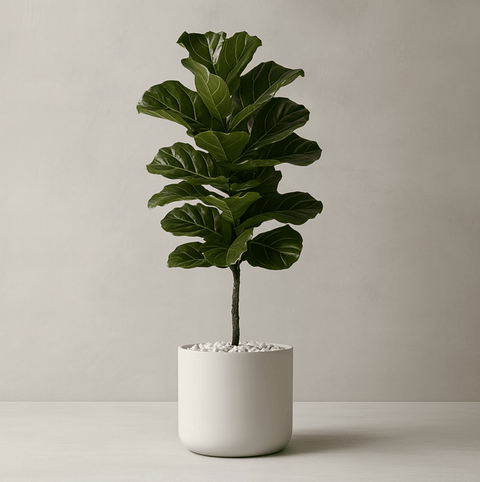
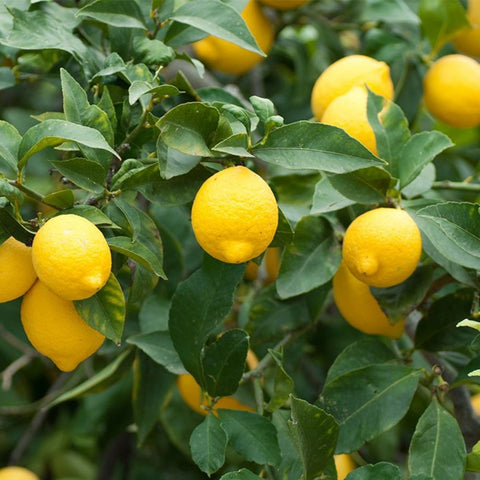

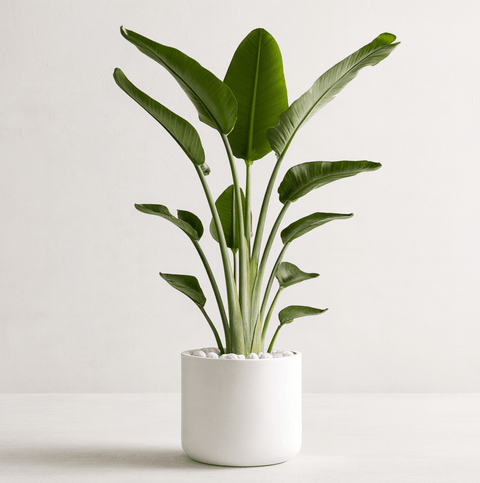

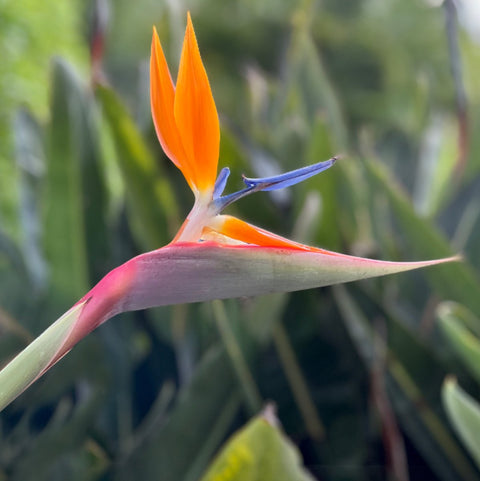
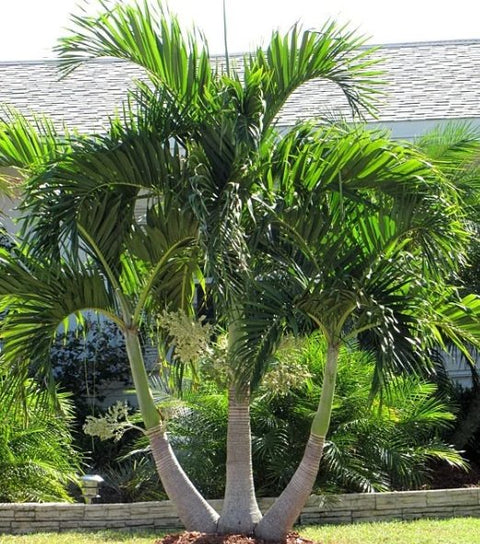







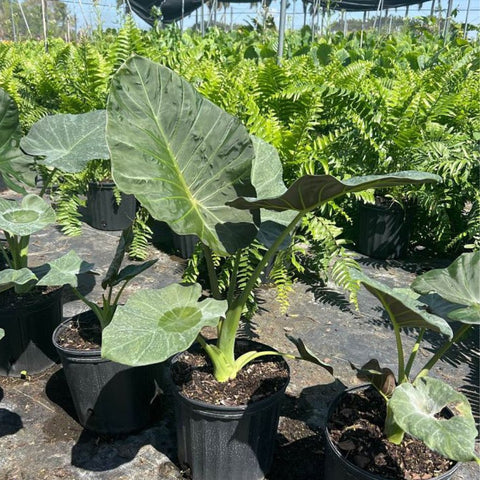
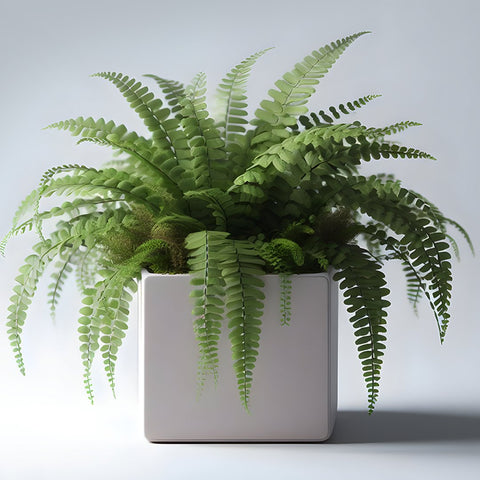




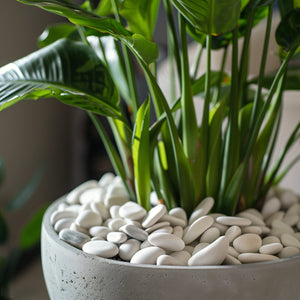

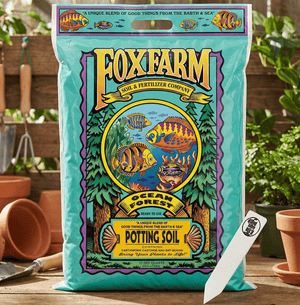




Comments (0)
There are no comments for this article. Be the first one to leave a message!